8 Outstanding Angel Of Death Tattoo Ideas With Their Meanings
Designs that reflect your journey of transformation and liberation.
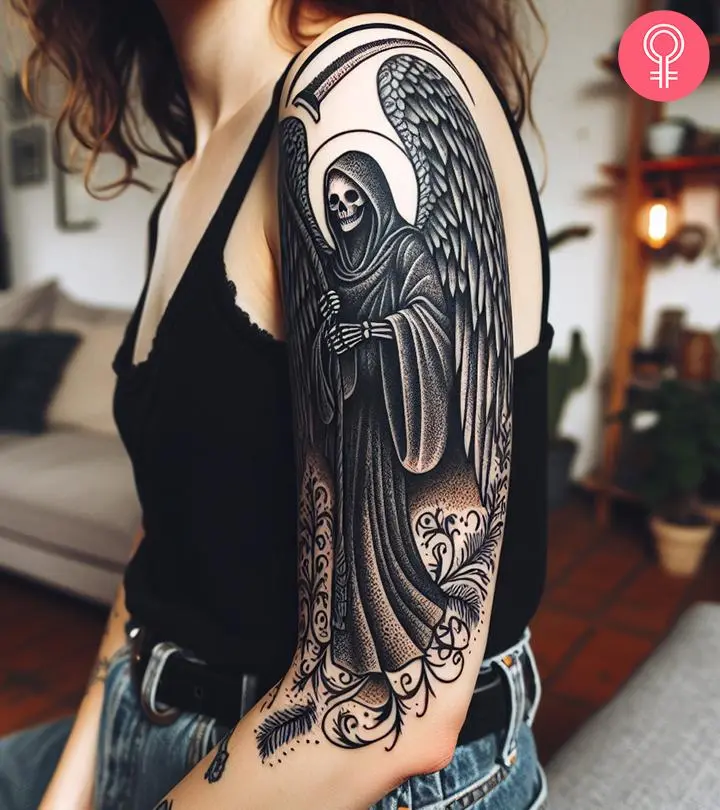
Image: Dall·E/StyleCraze Design Team
Angel tattoos, especially the angel of death tattoo, have been an intriguing choice among enthusiasts who have been seeking designs that reflect their religious or spiritual beliefs.
While the image of Azrael is often associated with death, it may also symbolize transition to the afterlife, healing, and compassion. As a result, tattoo artists often portray the angel of death in various styles and in numerous forms, depending on personal interpretations. Each tattoo carries deep meanings that resonate with people of all ages. If you are drawn to the powerful imagery of the angel of death and want to get it tattooed, we have some design options that you may consider. Scroll down to check them out and understand their meanings.
In This Article
Meaning Of An Angel Of Death Tattoo
The most common meaning of an angel of death tattoo is the inevitability of death and mortality. It reminds you to live your life to the fullest without fearing death, an unavoidable part of the human experience. Apart from this, it may also mean the following:
- Protection: In some cultures, the angel of death is seen as a protector who guides the soul to the afterlife. Therefore, his tattoo may symbolize divine protection.
- Loss: Archangel Azrael, also called the angel of death is a higher power and accompanies souls in their journey beyond life. For some people, this may symbolize the loss of a loved one and they may find solace in the idea someone is guiding them in their afterlife.
- Rebellion: For some, this tattoo may also represent a fascination with darker themes and rebellion. It may symbolize their alternative ideologies that are free from societal norms.
- Change: The angel of death is linked with transitions or transformations in life. The tattoo may symbolize the ending of a past and new beginnings.
- Balance: The angel of death embodies the idea of balancing opposing forces, such as life and death, light and darkness, etc. His tattoo may symbolize the dualities in life.
Further, the angel of death is depicted and perceived in various ways across cultures. A few examples of its cultural symbolism are:
- Western Christianity: The angel of death is typically seen as an imposing figure dressed in flowing robes with a scythe.
- Islam: Azrael or Malak al-Maut is the Angel of Death, who is said to have several pairs of wings and is seen carrying a scroll or book that has the names of people whose time of departure has come.
- Greek Mythology: The God of non-violent death, Thanatos, is often depicted with dark wings and an inverted torch that represents the extinguishing of life.
- Mexico: Santa Muerte is a combination of Catholic and Indigenous beliefs. This figure is depicted as a woman skeleton dressed in rich regalia, guiding departed souls toward their afterlife.
- Norse Mythology: The Valkyries are not exactly the elect angels of death but legendary female fighters who decide who dies on the battlefield and who is honored in Valhalla — Odin’s (Norse God or war and death) hall of honored dead.
- Hindu Culture: Unlike Western concepts, the God of death in Hindu mythology, Yama, is also a god of justice and dharma (moral law).
Azrael, Azriel, Malak al-Maut, Mot, Samael, Santa Muerte, and Valkyrie – angels of death go by various names in different cultures. They have been represented in many forms and the tattoos listed below capture some of the best artistic interpretations of this benevolent angel. Check out the section below.
8 Angel Of Death Tattoo Ideas
The Angel of Death design is considered one of the most deeply intimate among all angel tattoos. The beauty of these designs lies not only in their aesthetics but the intense values of spirituality, transformation, and remembrance they represent. Angel of death tattoos typically symbolize the end of life and the birth of something new. These designs help someone portray the complexity of their emotions through body art. The following designs can give you some inspiration for your next tattoo design.
1. Forearm Angel Of Death Tattoo
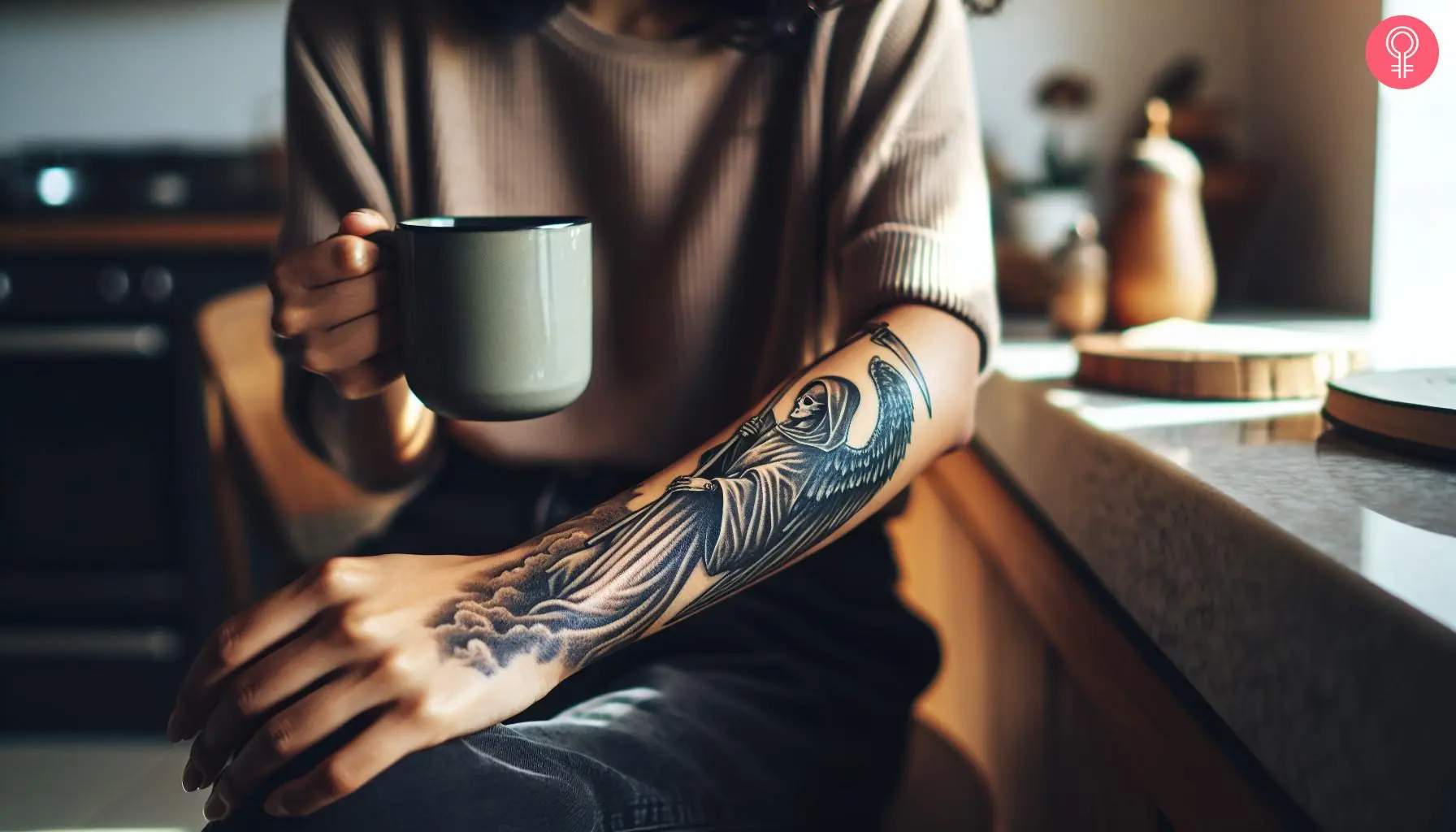
This black and gray tattoo features a dark-winged figure wrapped in a long cloak that covers his head. He holds a scythe in his hands that symbolizes his link to death. You can also notice dark clouds at the bottom that add to the mystery and appeal of the design. The tattoo represents the themes of mortality and the inevitability of death.
2. Angel Of Death Back Tattoo
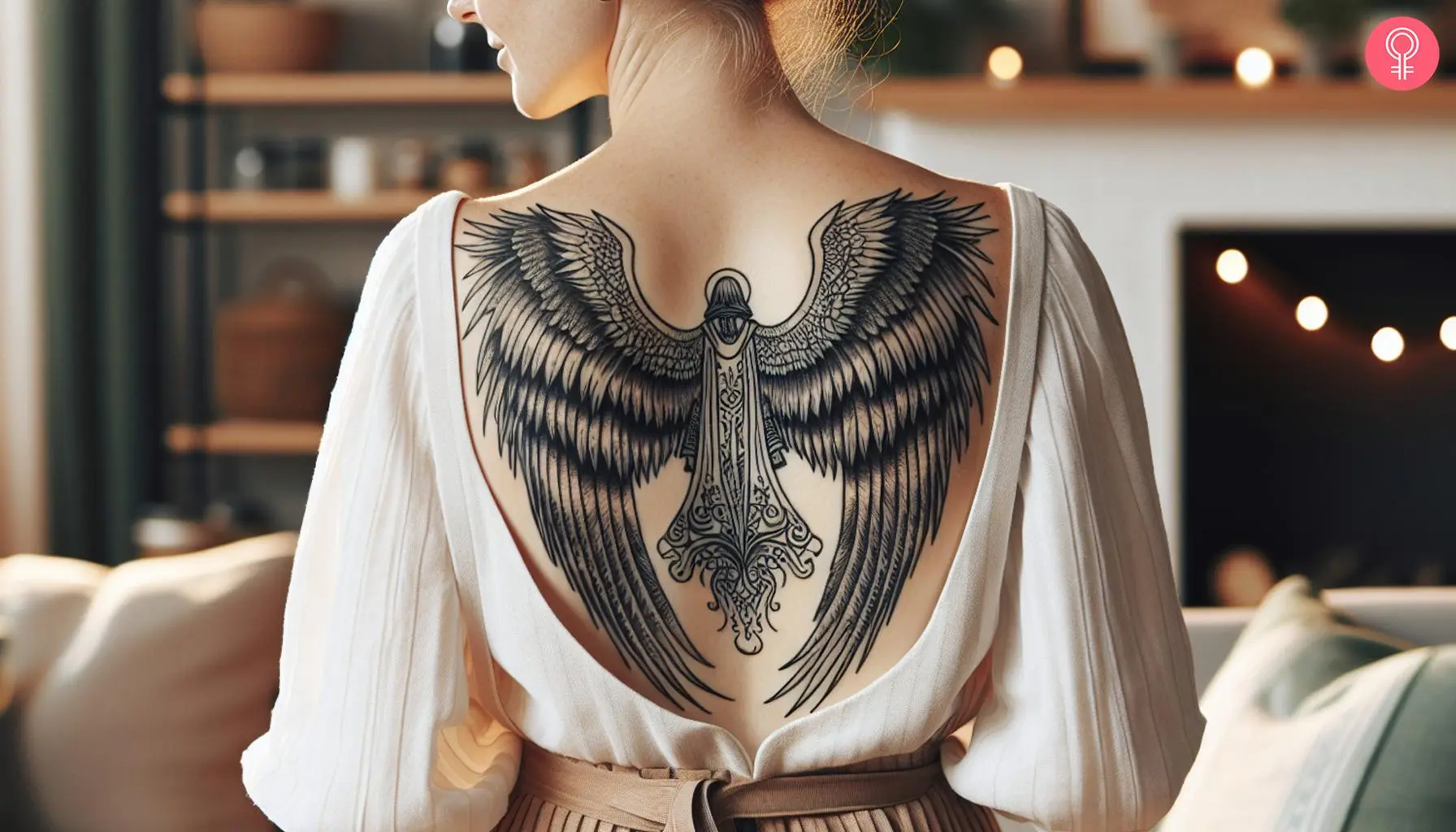
This tattoo captures a more traditional and angelic form of the angel of death and is an epitome of beauty and elegance. The angel of death in the design has his back toward the onlookers. The majestic wings are the highlight of the design and are perfectly detailed. We also love the intricately detailed cape hanging at the back. The tattoo reminds us that even though life is mortal, it is full of beauty, grace, and dignity.
3. Traditional Angel Of Death Tattoo
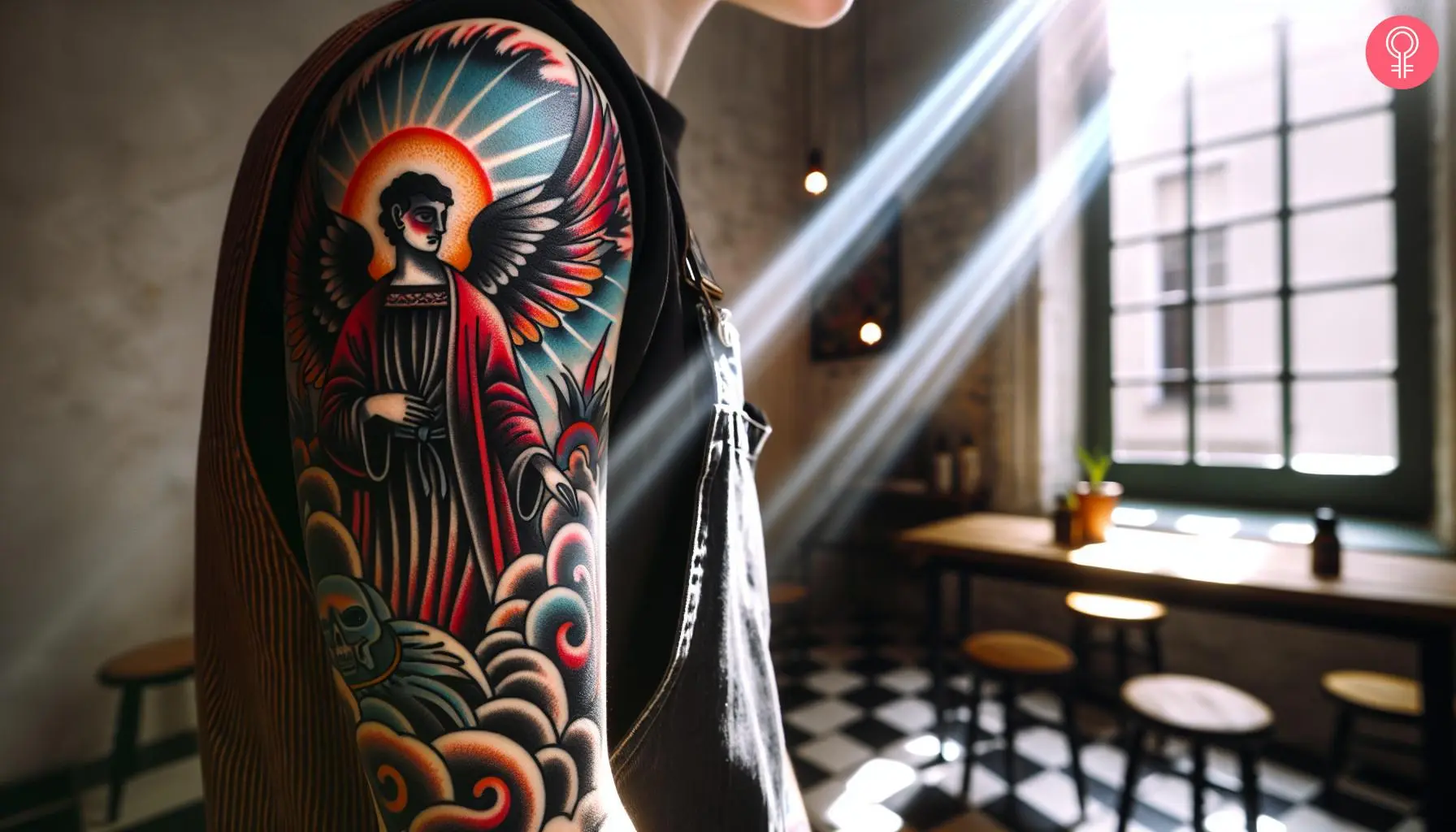
This tattoo features a more benevolent and angelic image of Azrael, the angel of death. The design relies heavily on meticulous shading and the use of vibrant colors to highlight the different elements with precision. When you look past the figure’s soft expression, you can notice the skull at the bottom and the dark clouds surrounding him. All of these represent his connection to death. The tattoo portrays death as a transitional phase – an integral part of existence rather than something to be feared.
4. Angel Of Death Tattoo Sleeve
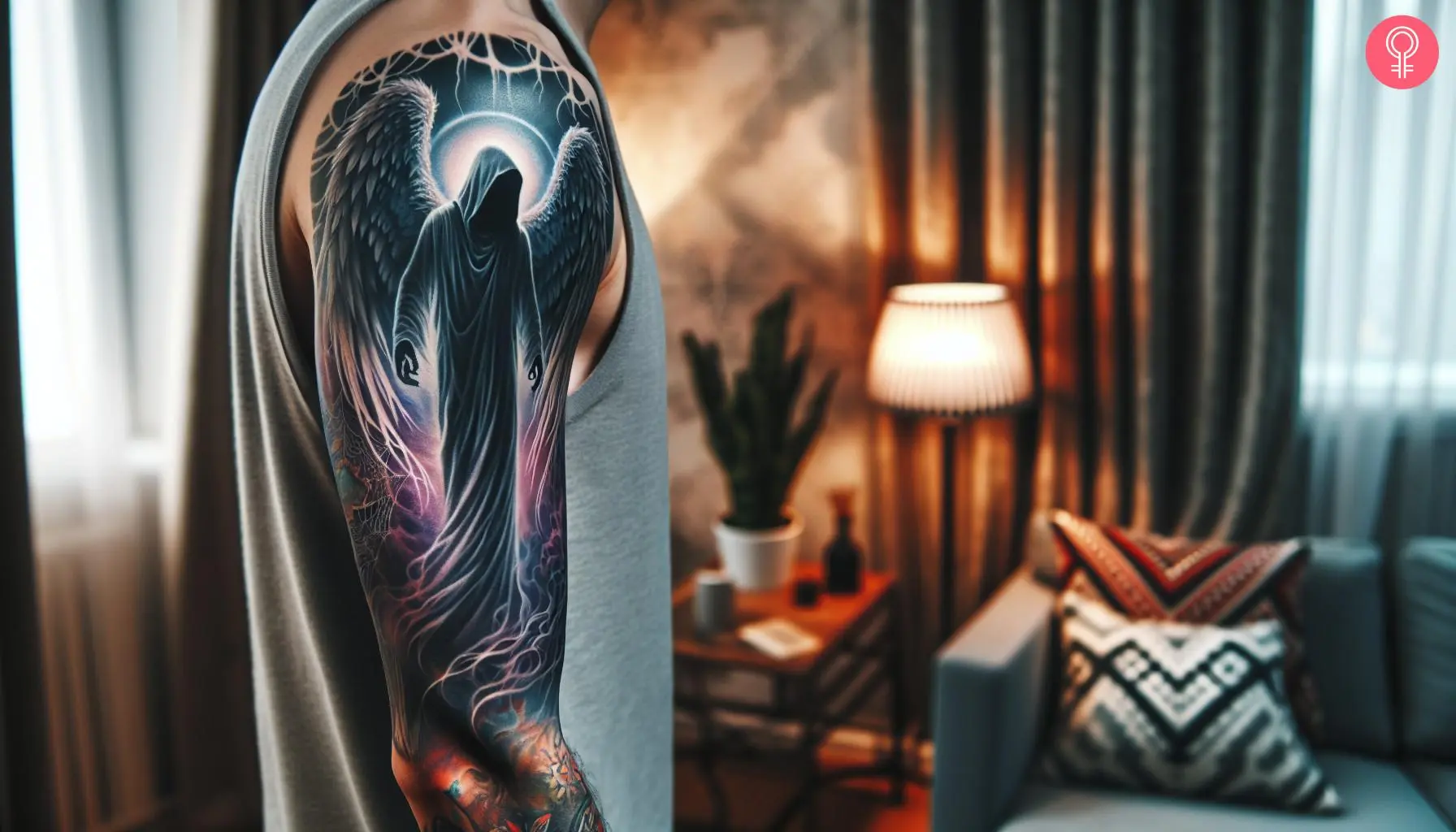
The angel of death in this design is portrayed as a faceless entity with majestic wings. He appears to be floating. Even though the depiction of the angel of death may look menacing, the bright halo at the backdrop represents holiness and purity, creating a stark contrast to the otherwise somber design. The strategic use of colors in the tattoo offers it a mystical feel. Overall, this symbolizes the role of the figure as a guiding light in the passage between life and beyond.
5. Angel Of Death Chest Tattoo
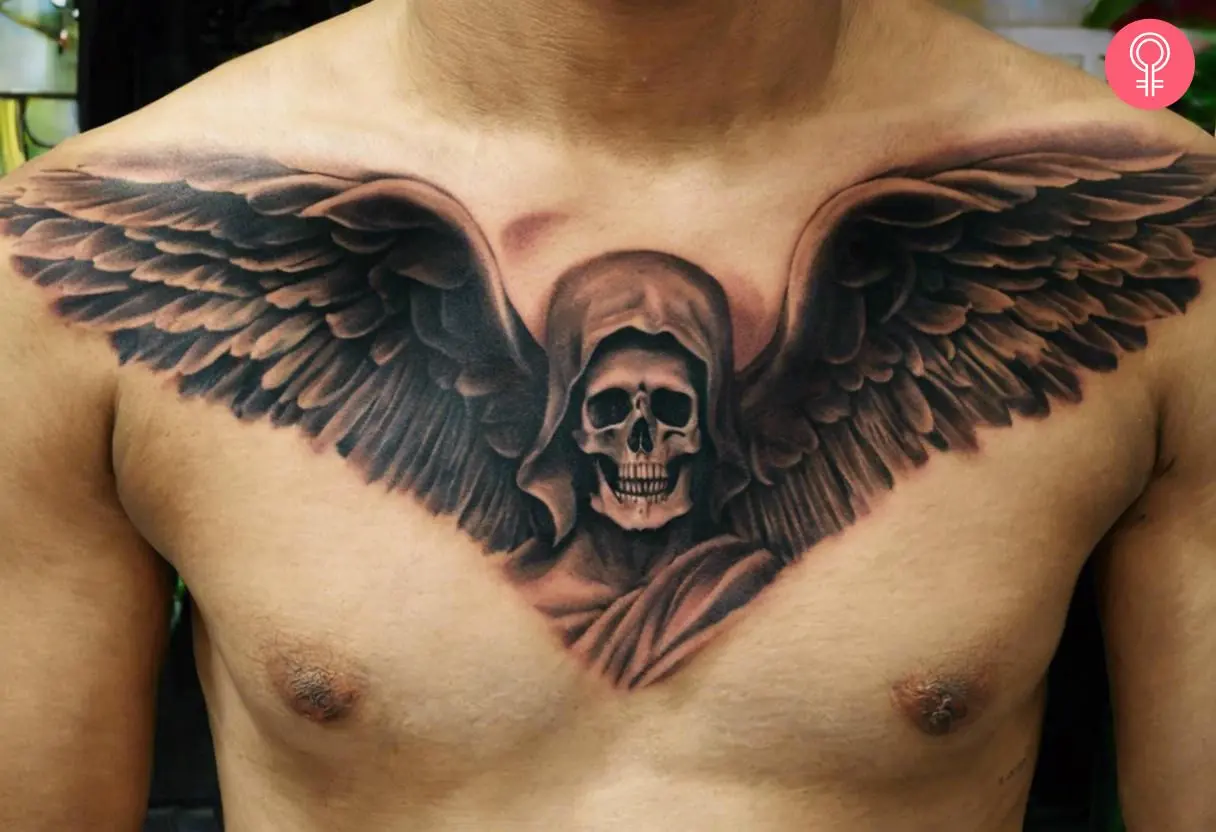
The chest is the best placement for you if you need an angel of death tattoo that is prominent yet easily concealable. The design depicts the figure with a skull in place of a face and dark wings. It is done mostly in black and gray with subtle hints of red that give it depth and dimension. The skull with his hollow sockets symbolizes death and mortality, while the wings indicate his supernatural aspect.
6. Gothic Angel Of Death Tattoo

The themes of death and decay prominently feature in gothic artwork, which is also reflected in this tattoo. The design features a skeletal structure, which is one of the most prominent motifs in gothic artwork. His hands seem to be resting on his bony chest, which may symbolize the benevolent nature of death, guiding souls to the afterlife. He seems to be stepping forward, which may hint at the message that death will eventually come to everyone and no one can stop its forward march. The blackwork suits the gothic aesthetics of this tattoo and the lack of color adds a sense of mystery to the design.
7. Angel Of Death Wings Tattoo
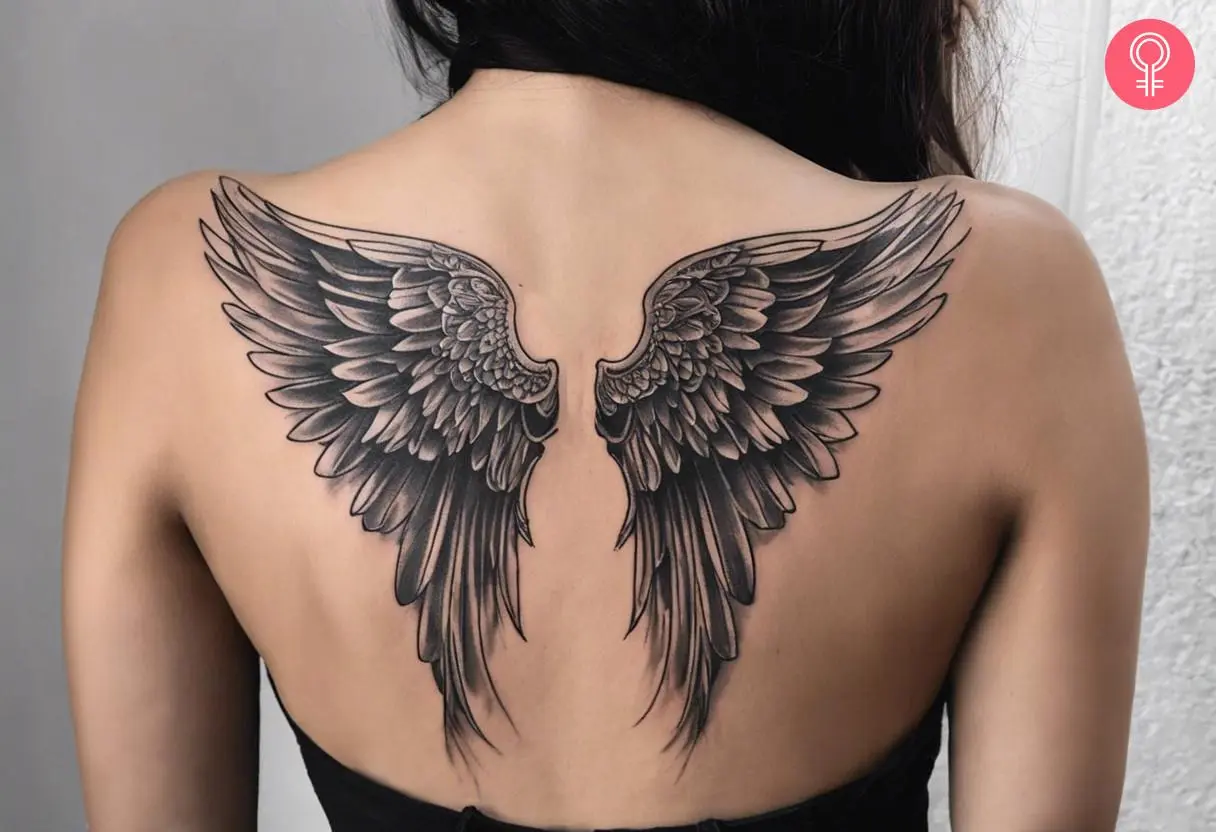
Get your very own wings with this stunning angel wings tattoo idea. It features a pair of large, majestic wings with a monochrome color palette for a classic look. The wings may represent the transformation or transition of the soul to the afterlife. It may also represent the wearer’s faith in the angel of death as a guide, who may help them with their spiritual journey.
8. Angel Of Death Hand Tattoo

In many mythologies, the grim reaper is the personification of death. This tattoo blends the concept of the angel of death and the grim reaper to make a bold statement. It features the grim reaper and wings forming its backdrop. The hollow eye sockets of the image symbolize the void that consumes us, while the smile hints at the inevitable nature of death. Together, these elements remind us to live every moment to the fullest without fearing mortality.
Angel of Death tattoos are a bold and intriguing choice, reminding us of the inevitability of death and the importance of living life to the fullest. While these angel tattoo designs are often associated only with death, their symbolism is multifaceted. The angel of death tattoo may represent spiritual growth, transition, and transformation. You can personalize the designs to reflect your beliefs and values. We hope the designs covered in the article have helped you gain an idea about the themes and underlying symbolism associated with the tattoo so that you can get a tattoo that resonates with you.
Frequently Asked Questions
Are angel of death tattoos considered taboo?
The general perception and social opinion regarding Angel of Death tattoos vary widely across cultures and societies. While they are strong spiritual symbols or a memorial of meaning to some, they may seem too controversial or inappropriate in relation to death for others. In contemporary tattoo culture, these designs are broadly accepted as valid forms of artistic expression and personal symbolism. The key factor in their acceptance often lies in the intention and presentation of the design. However, many people choose to focus on the spiritual and transformative aspects rather than the darker elements traditionally aligned with death.
Read full bio of Eve Phillips
Read full bio of Gracia Odile
Read full bio of Ramona Sinha
Read full bio of Pahul Nanra






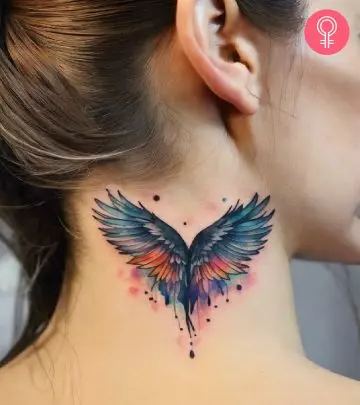

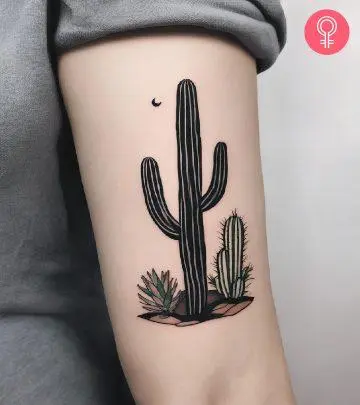

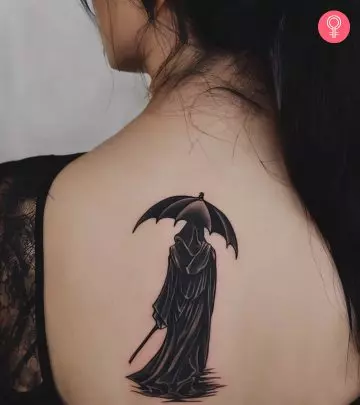
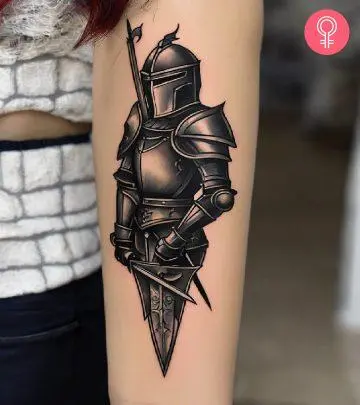
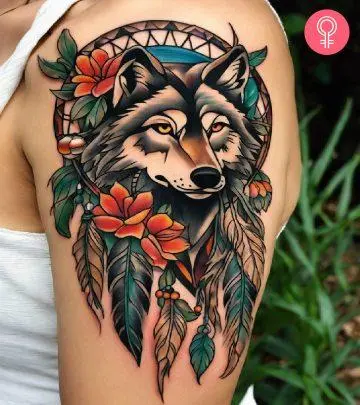
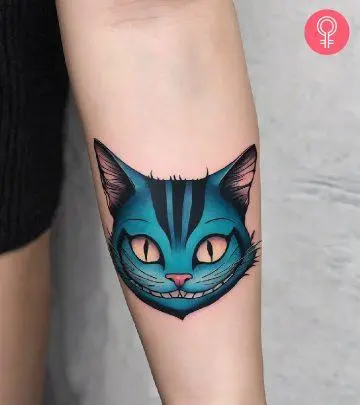
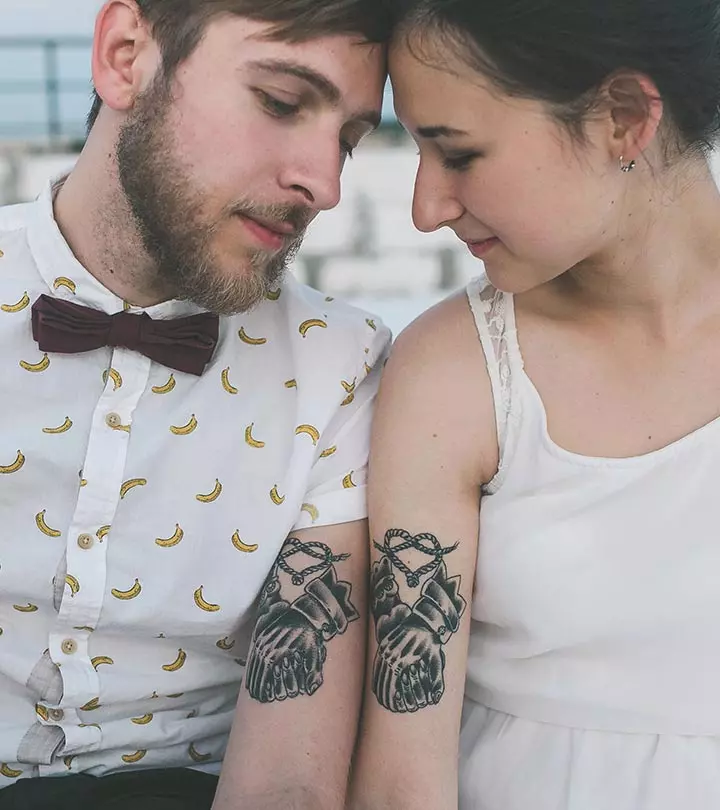
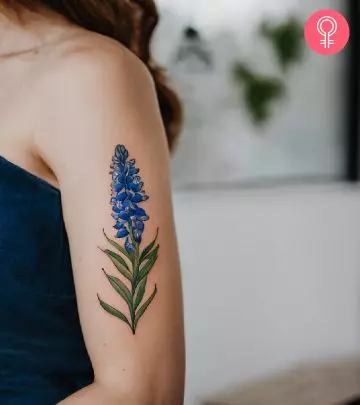
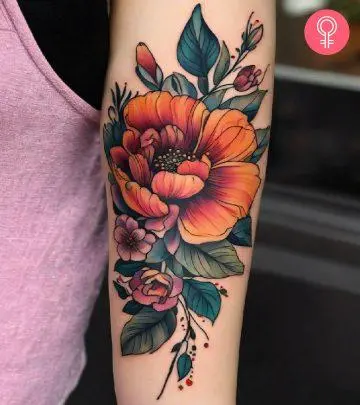
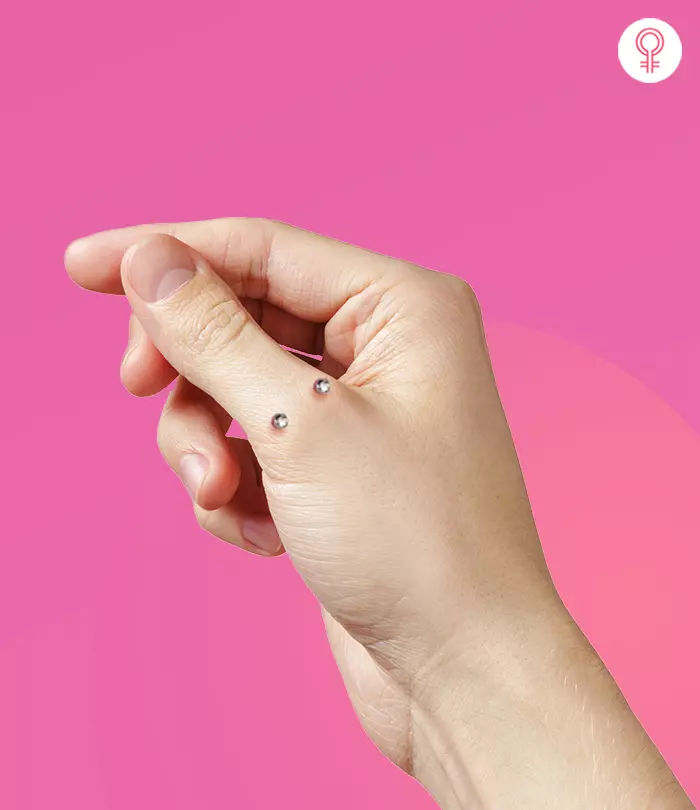
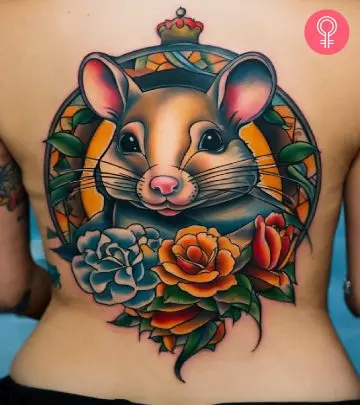
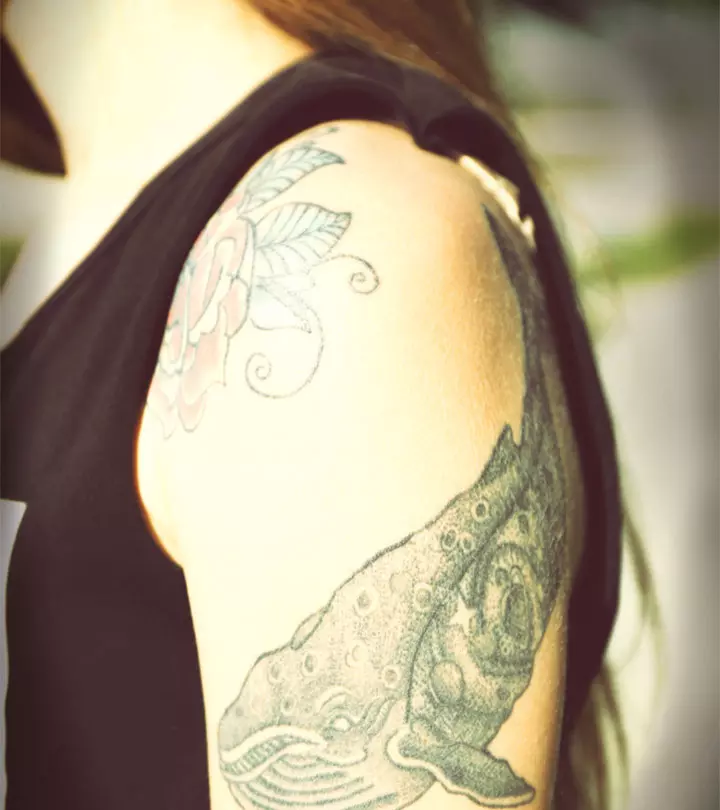
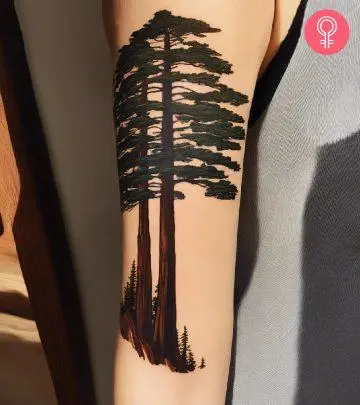
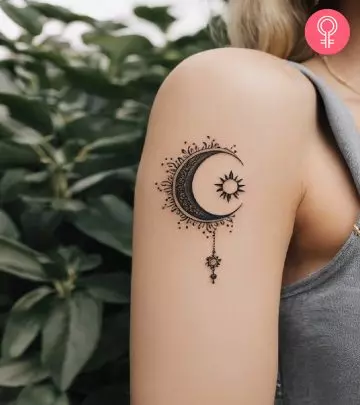
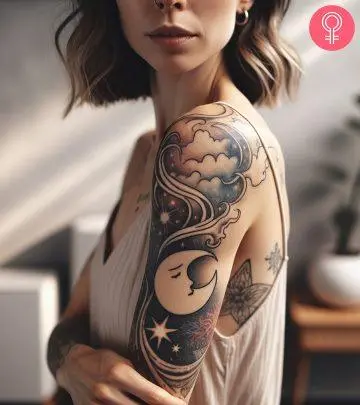
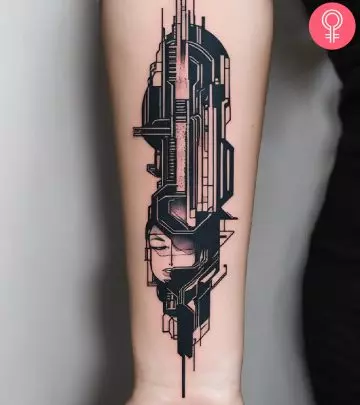
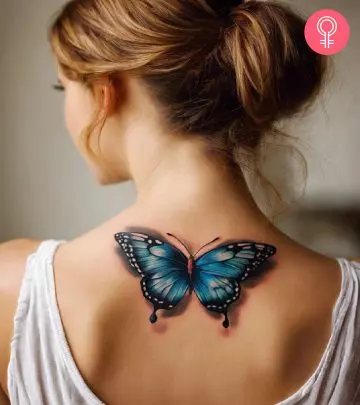
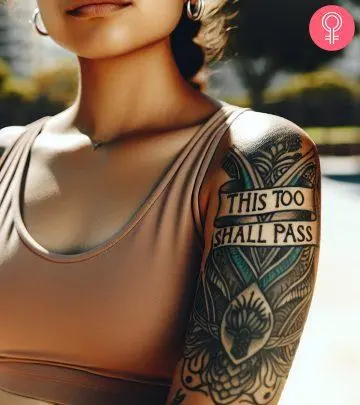
Community Experiences
Join the conversation and become a part of our empowering community! Share your stories, experiences, and insights to connect with other beauty, lifestyle, and health enthusiasts.